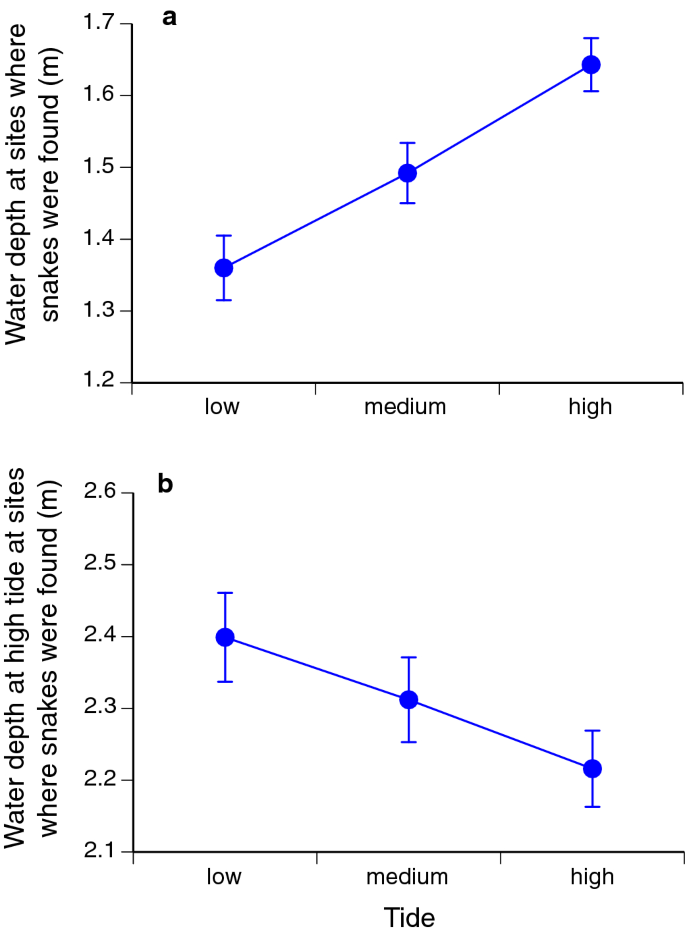
Ocean warming and salinity increases have intensified in the Mediterranean in the past decade, the report found. Pollution from land-based activities such as farming and industry is causing ocean eutrophication, impacting delicate ecosystems.Įutrophication is where a body of water becomes enriched with minerals and nutrients, sometimes turning it green. These are linked to changes in catches of sole, European lobster, sea bass, red mullet and edible crabs. Other findings include evidence of extreme variability from cold-spells and marine heatwaves in the North Sea.

The ocean indicators are grouped into three sets: the ocean's physical state (Blue Ocean), the ocean's biological and biochemical state (Green Ocean) and the life cycle of floating ice in polar regions (White Ocean). They explore key ocean monitoring indicators to track how the oceans are changing and analyse the impact. It is meant to act as a reference for the scientific community, national and international bodies, decision-makers and the general public. The annual report includes contributions from 150 scientists from more than 30 renowned European institutions. The report revealed that Arctic sea ice extent is decreasing, finding that from 1979 to 2020, it lost sea ice equivalent in area to about six times the size of Germany.ĭr Alex Arnall, environmental researcher at the University of Reading, not involved in the report, said level rises are no longer a 'future problem' and are already causing problems for coastal communities around the world, including the UK. They found that warming oceans and melting land ice had caused sea levels to rise by 0.12 inches (3.1mm) per year - higher than observed any time in the last century. The report reveals ways in which the ocean is changing and the consequences of those changes, including rising sea levels, ocean warming, and sea ice loss.
#Rising tide interactive email marketing associate series
This is the fifth Ocean State Report published by the Copernicus Marine Service, using a combination of satellite observations, measurements at different ocean locations around the world, and a series of computer models. Centerbridge estimates there are about 11,000 marinas in the U.S., the majority of which are owned individually.Sea levels around the world are rising at an 'alarming rate' of 0.12 inches per year, according to a new European Commission-backed report. Still, the sector could be poised for further consolidation. Climate change is also a concern for the entire boating industry Centerbridge has started investing in storage locations at higher elevations, according to the Journal. Inflation could increase labor costs associated with marinas, such as dockhands and maintenance crews.

While the marina sector is benefiting from people turning to boating as a hobby or socializing activity during the pandemic, there are still risks lurking in the water. “People who were some of the time are doing it more, and others are doing it for the first time,” Billy Rahm, Centerbridge senior managing director, told the Journal.Īnother benefit to marina owners came in 2019, when the IRS ruled that fees paid for boat slips and storage could be counted as real estate rents, bestowing real estate investment trusts with tax benefits akin to those on other types of commercial properties. Powerboat sales in 2021 were expected to exceed 300,000 for the second straight year. The National Marine Manufacturers Association reported annual sales of boats, marine products and services hit $49.3 billion in 2020, a 14 percent increase from 2019. Centerbridge became Suntex’s largest shareholder in a recapitalization last year. even after the consolidation of its two top rivals. In 2020, real estate investment trust Sun Communities acquired Safe Harbor Marinas, which will remain the largest marina owner in the U.S. Mergers and acquisitions have been common in the marina business in recent years. Valued at $2.5 billion, the combined companies will boast more than 50 marinas, according to the publication. Private equity firm Centerbridge Partners, owner of Suntex Marinas, the second-largest marina operator in the U.S., is paying approximately $400 million to acquire the third-largest, Westrec Marinas, the Wall Street Journal reported. Rising boat sales during the pandemic have resulted in a wave of profits for marina operators, and now one player is shoring up a dominant position in the commercial real estate subsector.


Bryan Redmond, chief executive officer, Suntex Marinas (Suntex Marinas, Westrec Marinas, iStock)


 0 kommentar(er)
0 kommentar(er)
